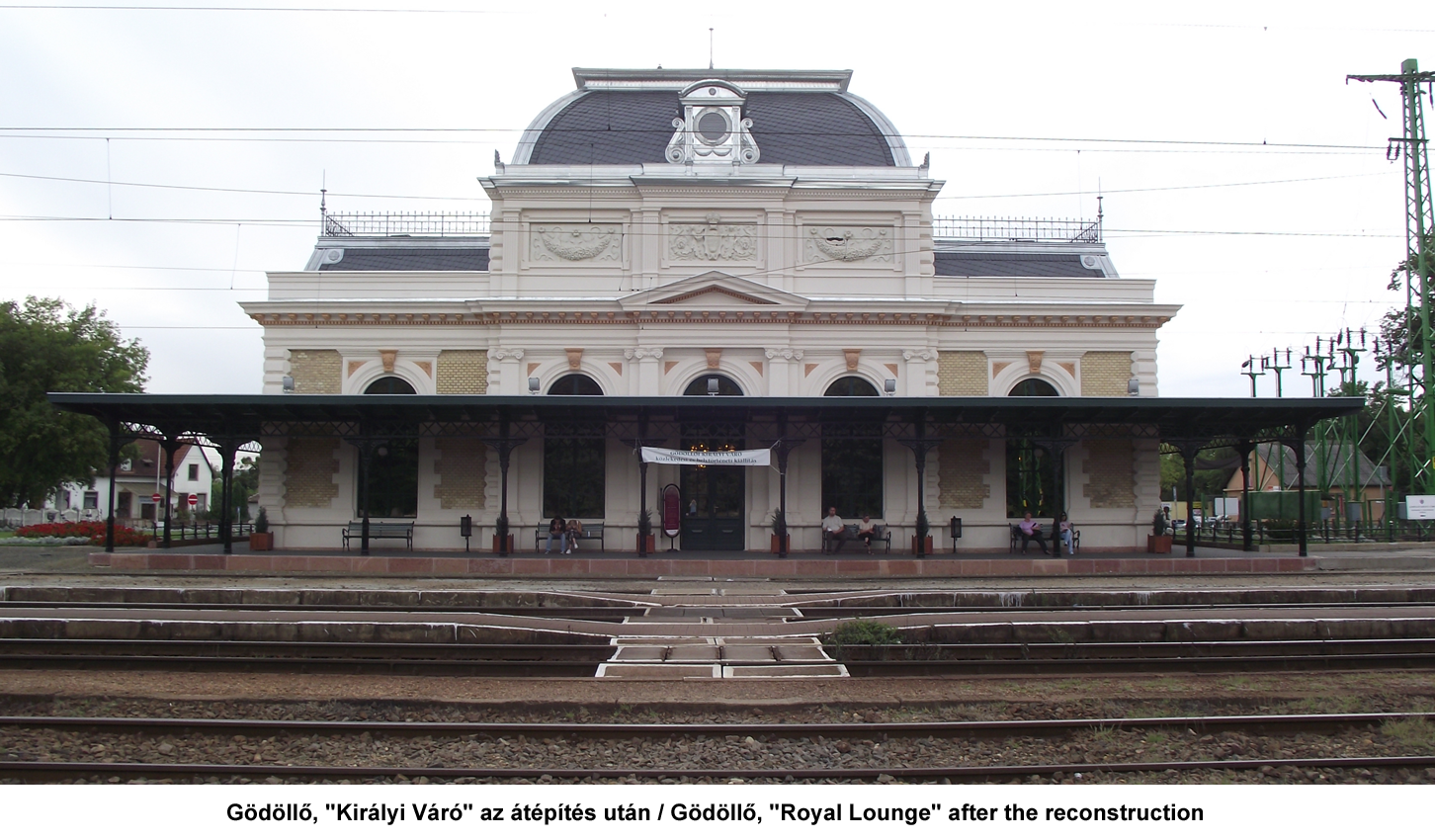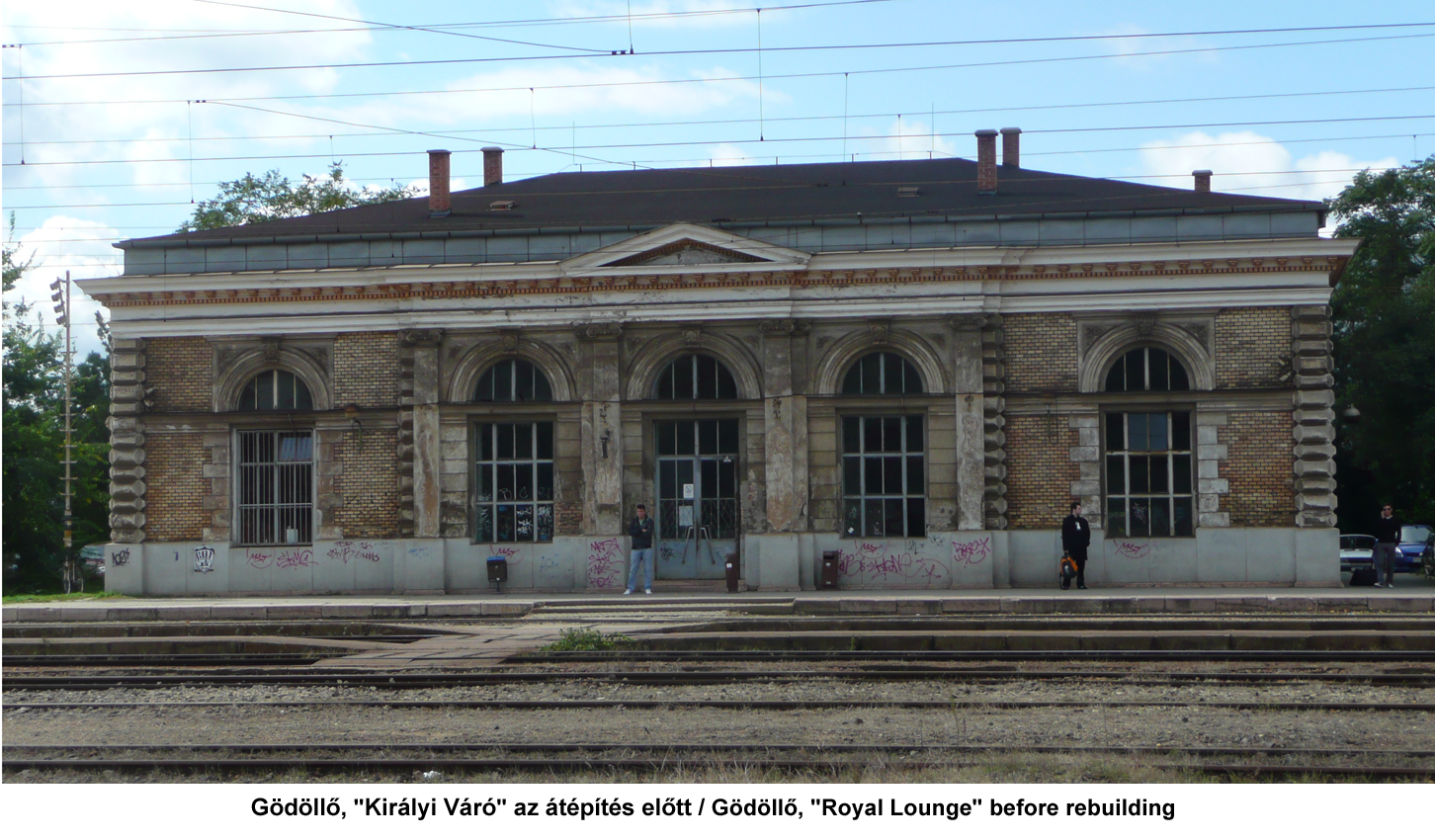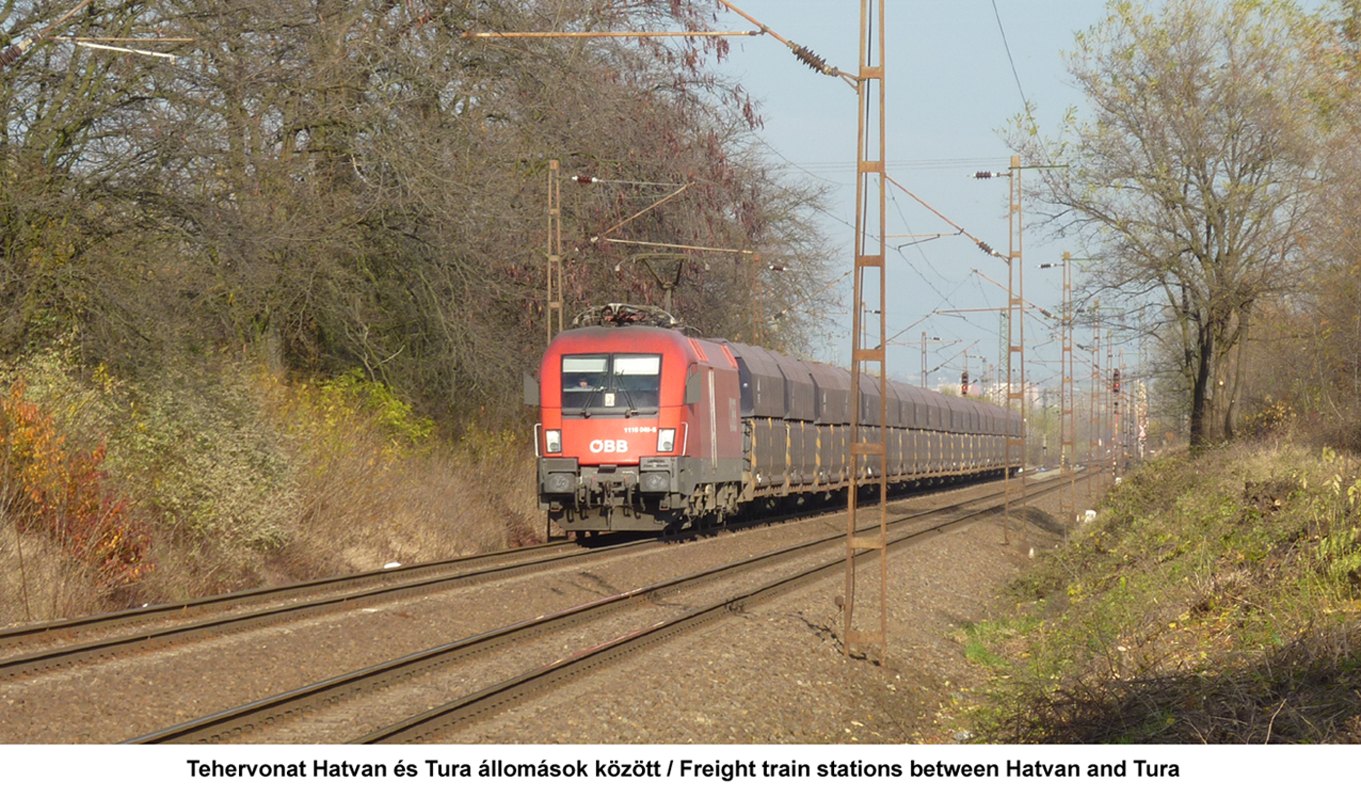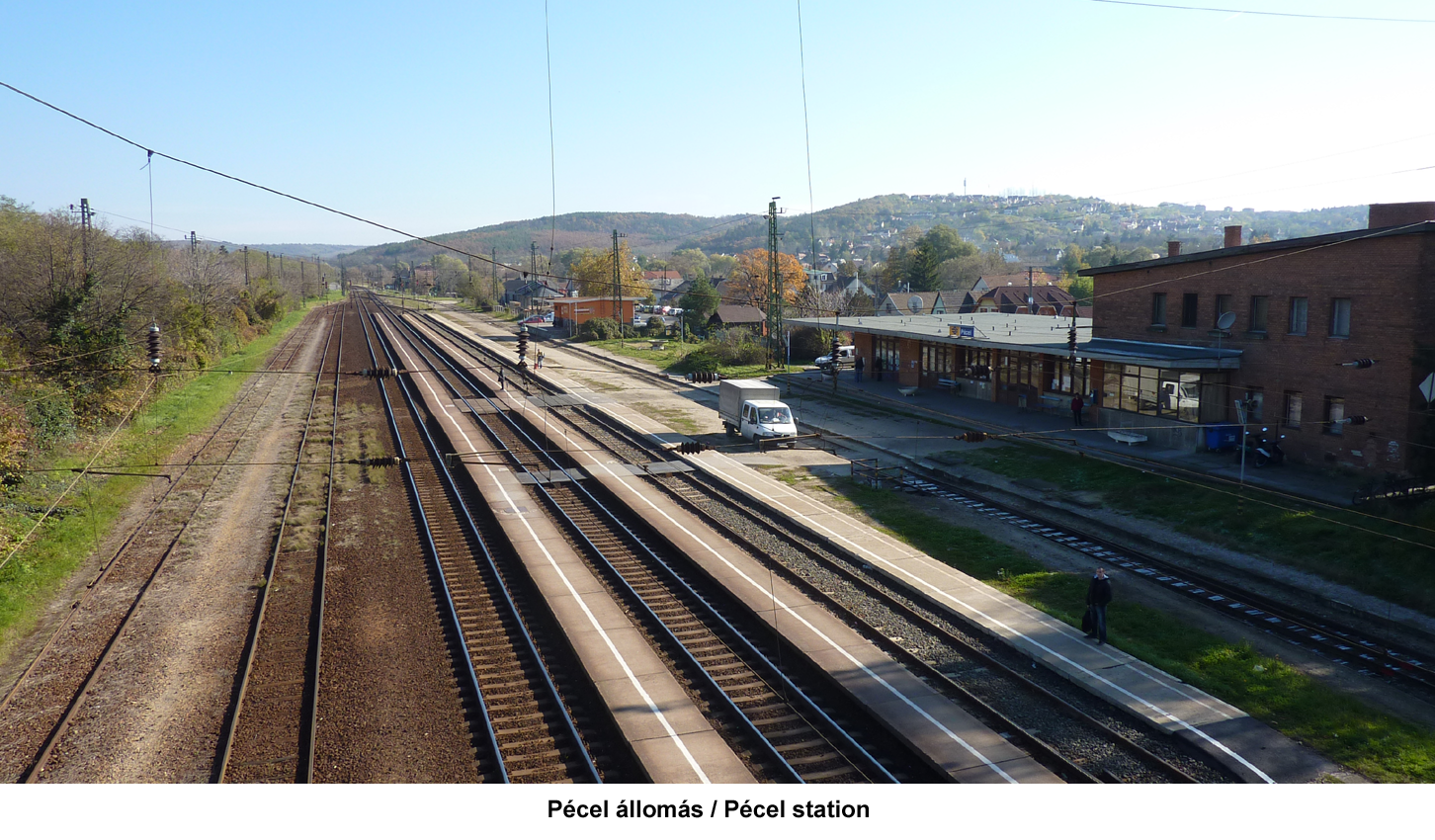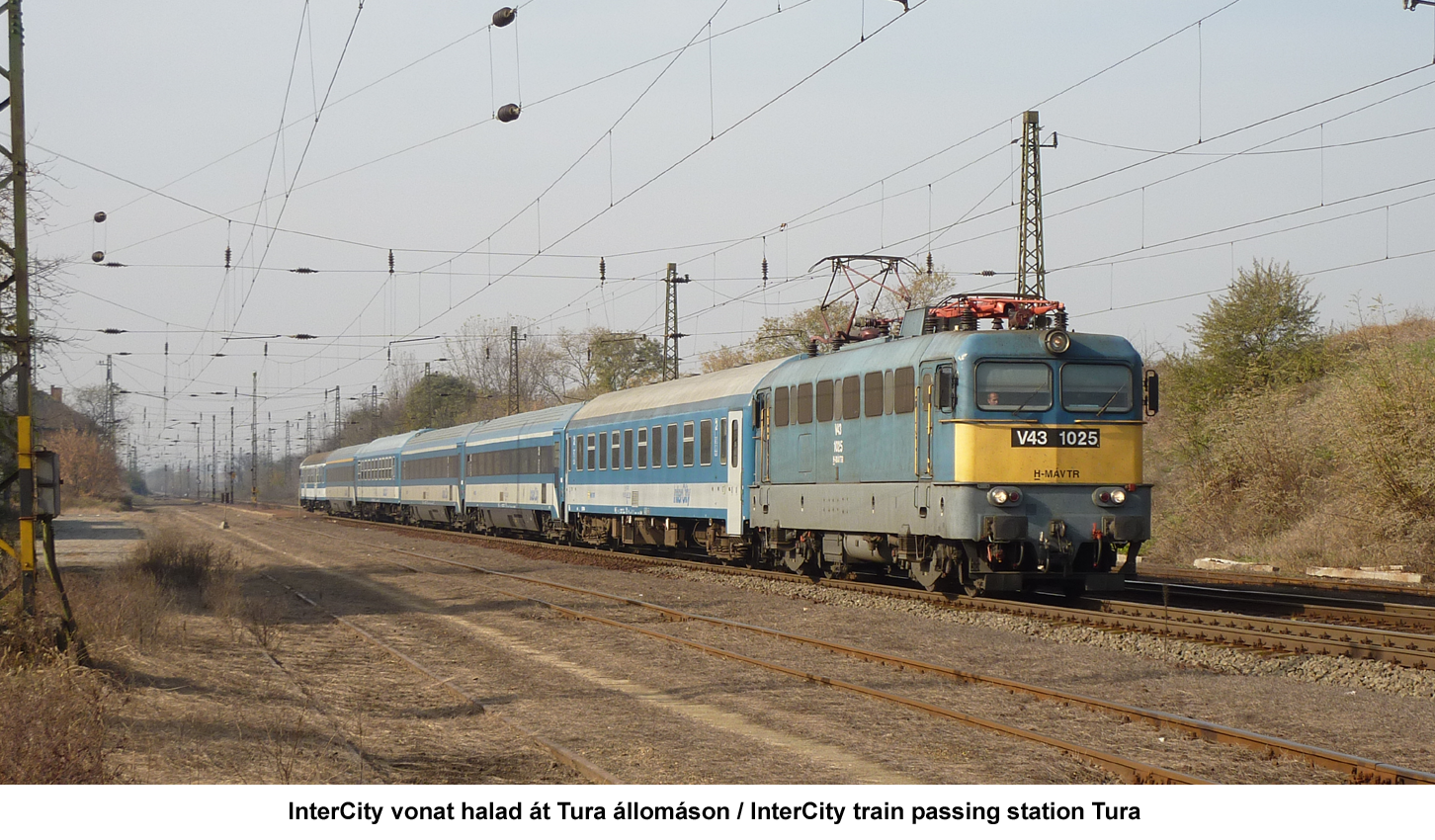The railway line signed 80a is partly a double tracked one and electrified, between Budapest – Hatvan – Miskolc – Sátoraljaújhely. This line is part of the main line of category trunk railway line, belonging to the Trans European rail freight transport network.
Accordingly, the line shall be designed and realized for an increased speed of 160 km/h, and with sub- and superstructure for an axle load of 225 kN.
The importance of the railway line is mainly due to the fact that it ensures a connection between South West Europe and North East Europe. The investment is of particular importance, because according to the decision No. 884/2004 EC, out of the TEN-T priority projects, the No. 6 connecting Lyon – Trieste (Koper) – Ljubljana – Budapest – Ukraine is of high priority.
According to the preparatory studies, from Ukraine through Záhony the freight transport is expected to grow, justifying the upgrading of both the line No. 100 Budapest – Szolnok – Debrecen – Záhony, and the line No. 80 Budapest – Hatvan – Miskolc – Nyíregyháza. At the railway line section of the project, also the suburban traffic shall be modernized.
Short history of the railway line, existing state
The Hungarian Northern Railway Line Co. constructed the line Budapest – Hatvan – Salgótarján between 1862 and 1867. This line was the first railway line of MÁV (Hungarian Railways).
In 1868 MÁV constructed the section Hatvan – Miskolc. The second track was constructed between 1868 and 1873 between Budapest and Hatvan, and between 1873 and 1888 between Hatvan and Miskolc.
The electrification of the railway line was carried out in several phases, completed between 1951 and 1966.
By today, the line is aged and the track, which once was designed for a speed of 120 km/h, has an increasing number of sections of restricted approach speed aspect.
The structure of the traffic has changed, and the stations do not meet any more the new demands. The requirements can be met by a complete reconstruction of the line and the stations.
On the line section and in the stations through tracks the existing superstructure is jointless, of system 54 and laid on concrete sleepers signed LM and LX, with GEO (and SKL-3 hold-down spring) fastening.
The sleeper spacing is variable, minimum 60 cm. The ballast is of rock base. The material of the superstructure is aged, it is in bad condition.
In the line stations the distance between centres of lines is 4,75 m, the passenger platforms are typically of low construction and narrow, they do not meet the requirements of today.
The service facilities belonging to the railway track – the passenger buildings, the station halls, parking areas and roads – do not meet the new requirements, they are not suitable for an adequate suburban traffic.
Proposed state
The design speed on the line between Rákos and Aszód is 120 km/h, between Aszód and Hatvan 160 km/h. The project comprises also the correction of the secondary line No. 77-78 connecting to Aszód station, according to the new station geometry.
On the section of design there are 5 stations and 9 stops.
On the line and in the stations through main tracks we propose a superstructure with concrete sleepers signed LW, with flexible fastening, in a working thickness of 35 cm, in jointless finish.
The turnouts to be integrated in the through main track are B60 system rc sleeper points.
The turnouts to be built in the other tracks are points B54, new or reconstructed ones.
In the stations and stops we propose raised and wide platforms, in order to improve the passengers safety and ensure higher service level.
The overhead line will also be reconstructed, and the signalling system, the telecommunication and the outdoor lighting will be modernized as well.
In the line section the design speed between Rákos and Domonyvölgy is 120 km/h (due to environmental protection considerations at some places 100 km/h with continuous restricted approach speed aspects), between Domonyvölgy and Hatvan 160 km/h.
Within the frame of the task we completed the designs of all connecting sectors facilities.
The power current and weak current devices will also be upgraded, such as the signalling system, the telecommunication, the passengers information system, the outdoor lighting and the CCTV system.
We propose passenger buildings accessible for the disabled as well, with modernized station halls. We elaborated the designs of P+R, B+R parking areas of suitable capacity, and at several stations and stops – in order to ensure intermodality – bus stops and bus bays., and at Aszód station the designs of a bus station.
During the elaboration of the designs we revised the level crossings as well. At most places the crossings remain as level crossings, adapted to the new railway geometry. At 6 places, where justified by the road and railway traffic, we proposed grade separated crossings.
We prepared the designs of a total of 90 small structures, and the designs for approval of road and railway bridges as well. In case of the existing small structures we proposed reconstruction or construction of new structures. At the sections where we proposed the correction of the railway track, the new structures are adapted to the new geometry.
At the Galga crossing we proposed 1-1 pc of 25.2 m span steel superstructure web plate bridge under the two tracks, with ballast crossing.
MÁV Zrt has given the approval to the designs for approval completed and delivered by the deadline, the permitting procedure is in progress.
From the Client there is an unambiguous intention to realize the line section, from the one hand because it is part of a TEN-T corridor and from the other because it is part of the Budapest suburban network. The time of realization is expected before 2020.





